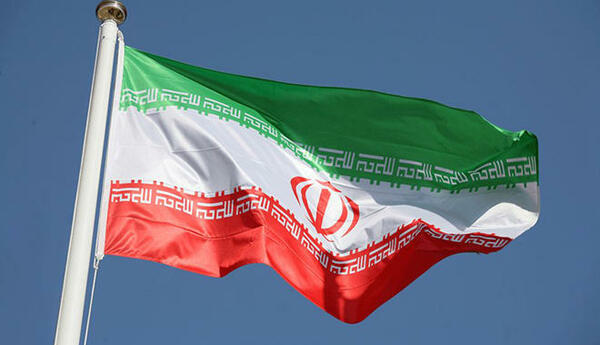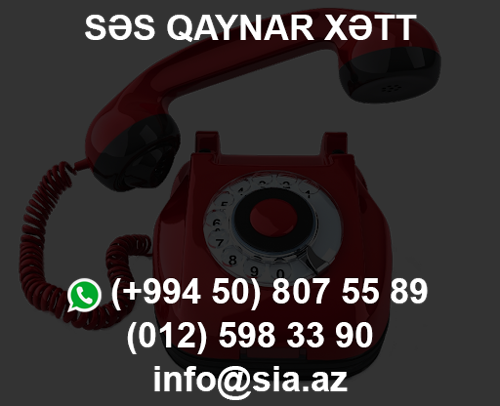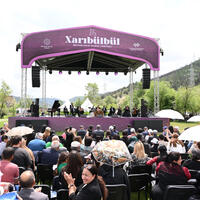The US is in talks with close partners to lead a group of allies that would give as much as $50 billion in aid to Ukraine, with the massive outlay being repaid with the windfall profits from sovereign Russian assets that have been frozen — and are accruing interest — mostly in Europe, raeds a Bloomberg article, SİA informs via the Japan Times.
The plan is being discussed among the Group of Seven nations, with the US pushing to have an agreement when G7 leaders meet in Italy in June, according to people familiar with the proposal. Discussions on this topic have been difficult and an agreement could still take months, they said.
The plan signals a strong show of support from Washington after Congress approved $61 billion in assistance for Kyiv in April that had been held up for months due to partisan wrangling. The move will also put renewed pressure on the European Union to drop its objections to utilizing the immobilized Russian assets.
Spokespeople for the US Treasury Department and White House National Security Council declined to comment.
When asked about this type of proposal in which the US, or a subset of G7 countries, put up the aid money, which the EU would repay using the frozen assets, US Treasury Secretary Janet Yellen said that "it’s something we’re discussing.”
"Ideally, this is something we would like the entire G7 to participate in, be part of, not just have the United States doing it alone,” she said in an interview in Sedona, Arizona, on Friday.
The delay in financial and military aid has prompted increasingly urgent warnings from officials in Kyiv of the risk of a Russian breakthrough in the war as Ukrainian forces struggled with dwindling supplies of munitions.
The latest development follows months of discussion among allies over how to take on board European fears about EU exposure to risks of using the frozen Russian assets, while also putting aid for Ukraine on a more sustainable footing.
Most European nations have pushed back against outright confiscation of the assets and have been skeptical of proposals they fear would undermine the euro’s stability or expose them to Russian retaliation. The US push essentially boils down to finding a way to provide Ukraine with the largest possible support quickly rather than in smaller amounts, by better mobilizing the profits produced by the frozen assets, said the people.
With US President Joe Biden facing a challenge from his Republican predecessor Donald Trump in November’s election, a key element of the US push is also to shield allied assistance to Ukraine from political shifts on both sides of the Atlantic. Trump has expressed skepticism about aid to Ukraine and political divisions in the US may make it hard to approve further support for Kyiv.
The G7 countries have immobilized about $280 billion of Russian central bank assets in response to President Vladimir Putin’s February 2022 invasion of Ukraine, with the majority held in Europe through the Belgium-based clearing house Euroclear.
Some €159 billion of frozen Russian assets have generated net profit of €557 million ($601 million) from Feb. 15, according to Euroclear’s first quarter financial results. Since last year, the assets have generated about €3.9 billion in net profit.
Russian sovereign assets held by the company could grow to as much as €190 billion by 2028 as they mature into cash, one of the people said.
The assets are expected to generate about €5 billion in windfall profits annually and a central element of the US proposal is to bring forward those proceeds to increase the amount of support Ukraine receives in the near term.
The size of the aid that would be immediately provided to Kyiv would depend on the length of their repayment terms and how long the assets were immobilized to fund the bonds, according to the people.
Another option, previously reported by Bloomberg, would see allies issue some $50 billion worth of bonds through a special purpose vehicle backed by the windfall profits. The updated plans would look to raise similar amounts.
The debate is taking place with Russia’s military seeking to advance along the front line against outgunned Ukrainian forces. Kyiv’s US and European allies have struggled to supply it with munitions, and Ukrainian efforts to boost troop numbers have been slow.
One unresolved issue is who would provide guarantees that the funds would be repaid if the Russian assets become unfrozen. That risk is regarded as low, given that G7 nations have pledged to continue blocking the funds until Russia agrees to pay toward Ukraine’s postwar reconstruction, one of the people said.
The latest U.S. proposal seeks to address earlier worries among some allies that using the assets themselves could amount effectively to seizing them. It also avoids placing a disproportionate burden on the EU.
Still, reaching agreement remains fraught with difficulties, said the people.
The deal, if agreed, would replace one drawn up by the EU to transfer windfall profits from Euroclear generated by the frozen assets from Feb. 15 to support Ukraine twice a year. Agreement on that EU-only plan is expected as early as this month, some of the people said.
Under the EU’s plan, Euroclear would hold on to profits made before that date and retain some of the later proceeds to cover costs and risks such as potential retaliatory asset seizures in Russia. The proceeds are also subject to tax, a detail that has annoyed several EU states.
Bütün xəbərlər Facebook səhifəmizdə





























 USD
USD
 EUR
EUR GBP
GBP RUB
RUB